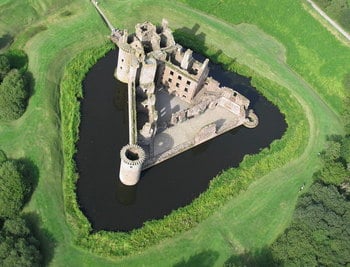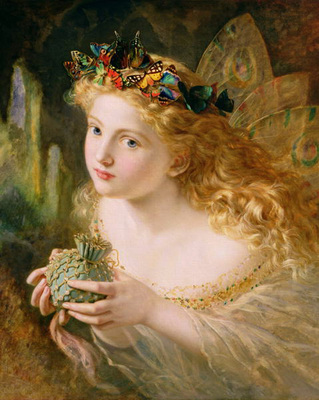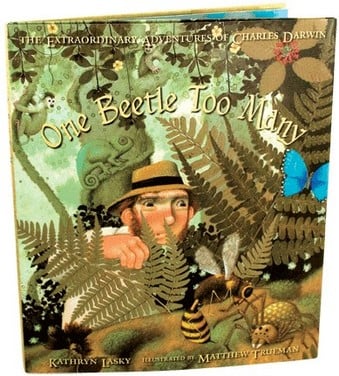 My Scots ancestors have been on my case for a while. In the mid-1980s, when I started dreaming in an archaic form of Mohawk, in contact with a woman healer of long ago, I found myself obliged to study the language and shamanic dreaming practices of the First Peoples of my adopted country. Then some of those Scotsmen rose up, in my dreams and visions, basically saying, “Look here, laddie, we know a thing or two also. Turn around and talk to us.”
My Scots ancestors have been on my case for a while. In the mid-1980s, when I started dreaming in an archaic form of Mohawk, in contact with a woman healer of long ago, I found myself obliged to study the language and shamanic dreaming practices of the First Peoples of my adopted country. Then some of those Scotsmen rose up, in my dreams and visions, basically saying, “Look here, laddie, we know a thing or two also. Turn around and talk to us.”
This led me to the dreaming island of Iona, and to a trek into the landscapes of my father’s people – and of the Scottish Merlin – in Dumfriesshire. I confess I have been shirking the language assignment. My Scots ancestors would like me to remember a little more Gàidhlig, Scots Gaelic. Their promptings have led me to a linguistic find that fascinates me.
In Scots Gaelic there is a prolix and specific vocabulary for many forms of dreaming and seership and paranormal phenomena. The best literary source on these things is the work of John Gregorson Campbell, a minister of Tiree in the late nineteenth century who gathered the oral traditions of Gaelic speakers and wove them into two books, Superstitions of the Highlands and Islands of Scotland (1900) and Witchcraft and Second-Sight in the Highlands and Islands of Scotland (1902).
The term da-shealladh (pronounced “dah-haloo”), often translated as “second sight”, literally means “two sights”. It refers to the ability to see apparitions of both the living and the dead. The taibshear(pronounced “tysher”) is the seer who specializes in observing the energy double (taibhs).
A dream or vison is a bruadar (“broo-e-tar”). The bruadaraiche (“broo-e-taracher”) is more than a dreamer in the common sense; he or she is the kind of dreamer who can see into the past or the future. That’s a nugget worth close evaluation. The depth of the practice of dreaming in any culture is reflected in its working terminology for such things. I’m not sure that current English offers a single word as rich as bruadaraiche but I doubt that we can import the Scots term since (at least as it comes off my tongue) it sounds like something boiled up in a sheep’s stomach.
Caerlaverock Castle, as seen by a dreamer or an aerial photographer – in this case Simon Ledingham for the Geograph project.

